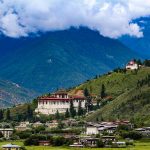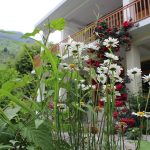A Guide to Travellers for Routes and Permits for Ladakh Road Trip
Ladakh is a popular tourist destination in the northern-most part our country which turned union territory in the month of august this year. The land is aesthetically beautiful full of tall mountains and snow-white landscapes. Yet, the place is so far removed from what one expects of Kashmir, both in terms of geography and culture. A Ladakh tour package will show you a very different world. Ladakh is separated from Kashmir by the Himalayan range and the difference is really big. The breathtaking landscape is almost magical. Ladakh is known to be the world’s coldest desert.
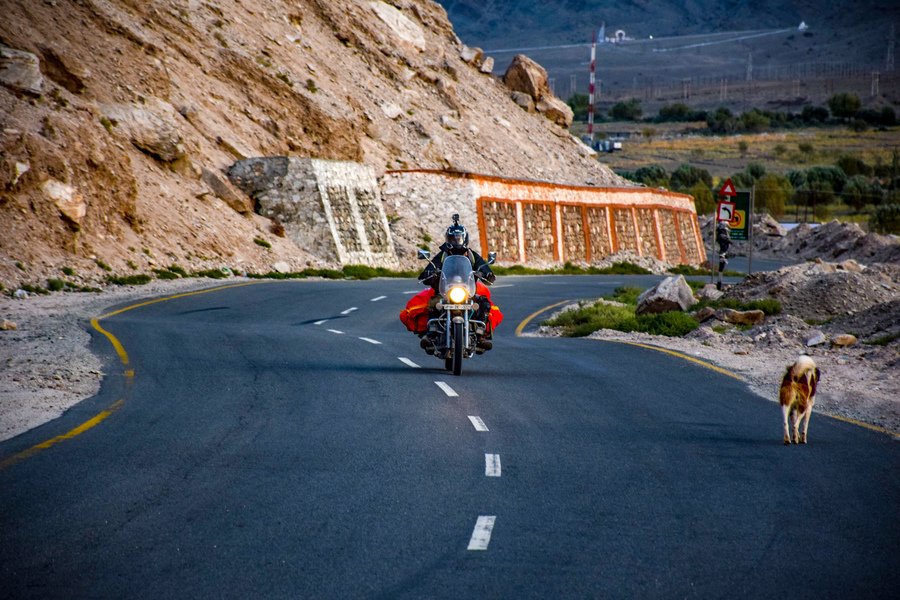
Here, you will find glaciers and sand dunes and freezing winds shaping the raw landscapes. Treks and bike rides to this place is on every travel enthusiast’s bucket list for the chills that Ladakh could give would be present in no other part of the country.
Climate and Best Season To Visit
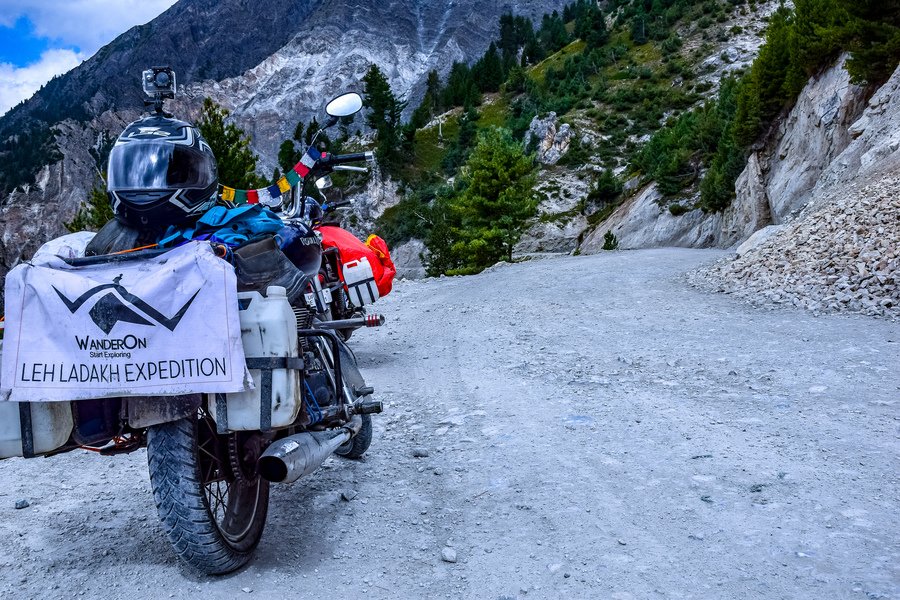
The Himalayas block the monsoon clouds and thus it cannot bring rain to the Ladakh region. It is a high-altitude desert that depends on winter snowfall on the mountains for its water. Ladakh is cold and dry throughout the year. Summer temperatures are a little above 0 degrees during the day but at night they can go really low. Winter temperature is -40 degrees almost all the time. It is one of the places where you will feel bright sunlight and cold breeze, both at the same time.
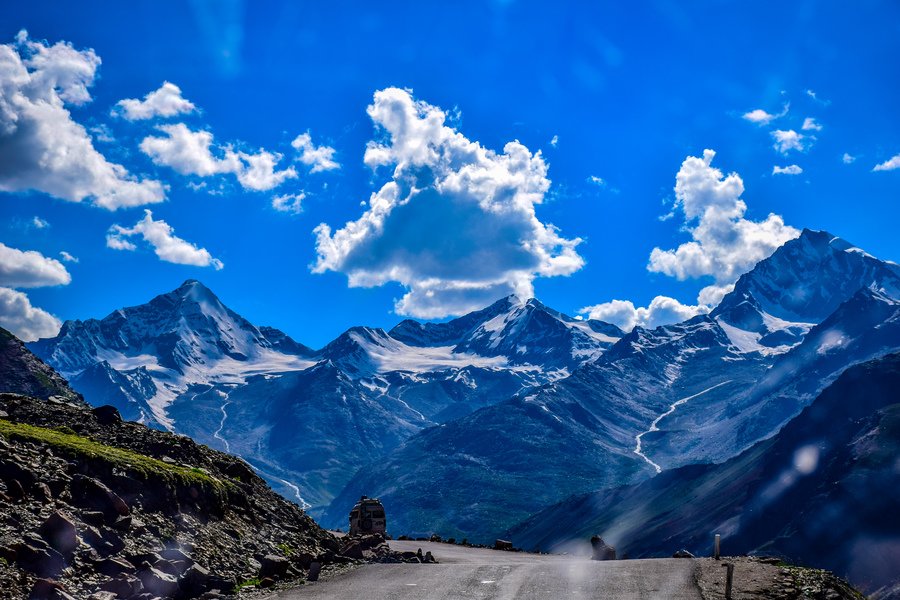
If you’re planning to visit Ladakh, it’s recommended for you to pack a lot of warm clothes, thermals, woollen socks and sturdy insulated boots with you. The climate can get extremely sunny. But when you step into the shade, you feel really cold. So it’s always best to layer your clothes here. Ladakh is visited by both tourists and trekkers. Along with sightseeing, one can also partake in adventure activities. The rains are occasional. From November to March, Ladakh experiences heavy snowfall and becomes inaccessible via road.
Roads to Ladakh- Via Manali/ Via Shimla
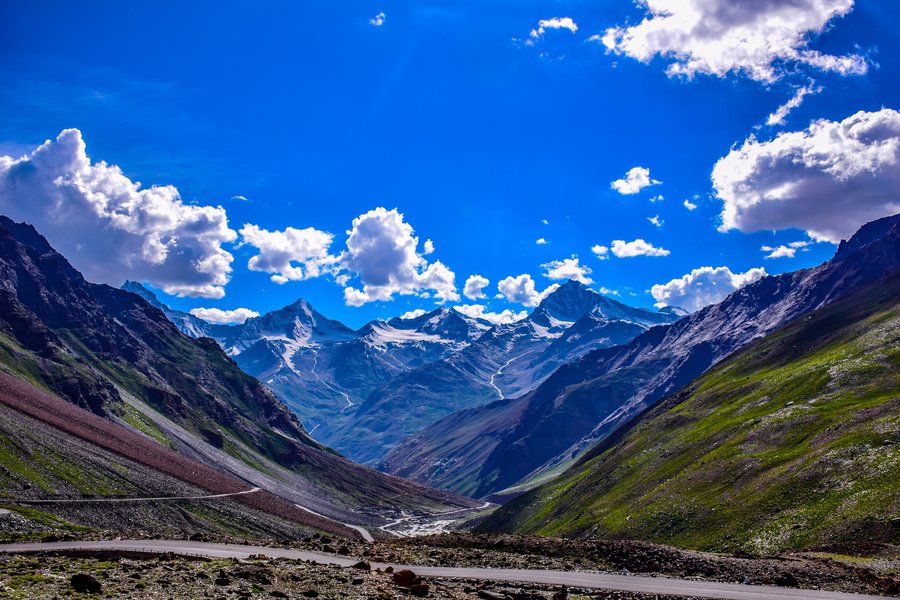
Ladakh can be reached through both Shimla and Manali. It is a common doubt among folks planning a trip to this middle land for which route to take. People often tend to compare both routes in terms of scenic beauty; adventure and which side would be more fun to travel onto. In this aspect both the routes are both beautiful and have their own advantages and disadvantages. In the end however; a trip to Spiti valley is best in forms of a circuit; which means that you should travel on the both of the roads. You start from either Shimla or Manali and exit the valley from the other side. Both these sides of the valley deserve a visit and you should see them both to truly witness the majestic beauty of Ladakh.
Permits vs. Checkpoints
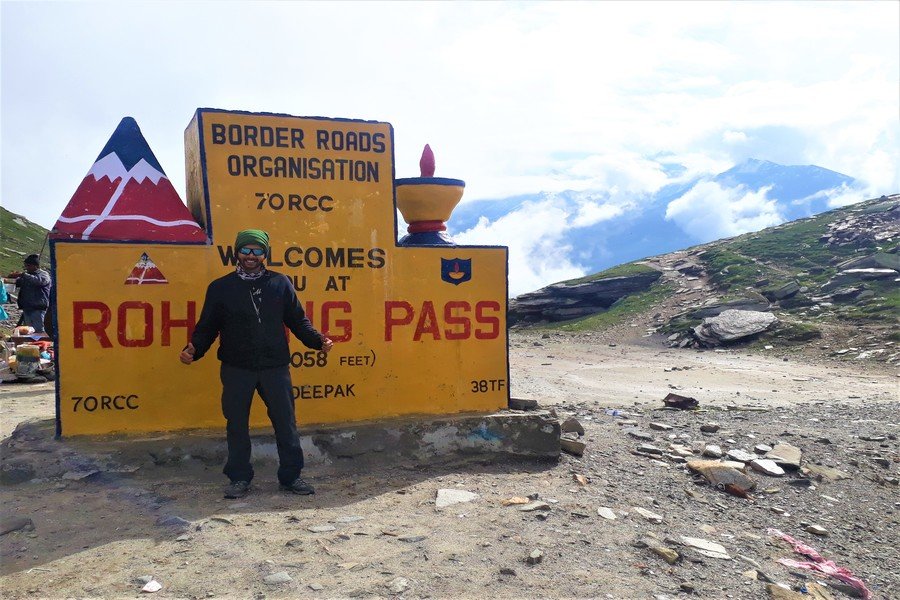
Throughout the route of Ladakh there are numerous checkpoints and permit stops where travellers have to halt and cater to verifications. The main difference between them is that checkpoints are police verification spots where police officials stand and check if you’re safe enough to enter their premises. This happens at a very local level and there are going to be a number of check-points in the entire route to Ladakh where police stands alert of threats and you have to register yourself and your vehicle at each of these points.
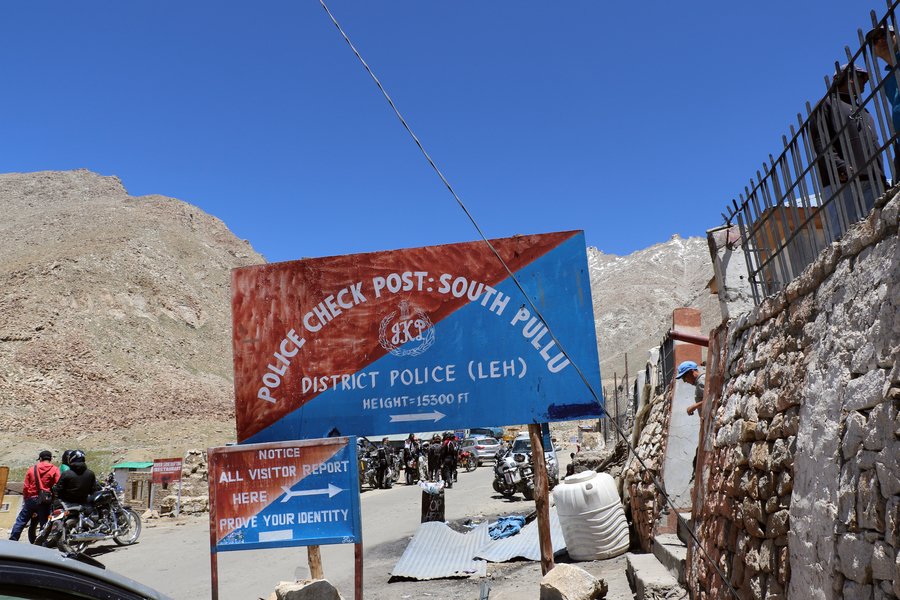
Permits on the other hand have to be taken only once when entering the new lands. On roads to Ladakh via Manali there are two points where permits are to be presented. The working of permits for Ladakh Trip occur in a broader context.
Inner Line Permit
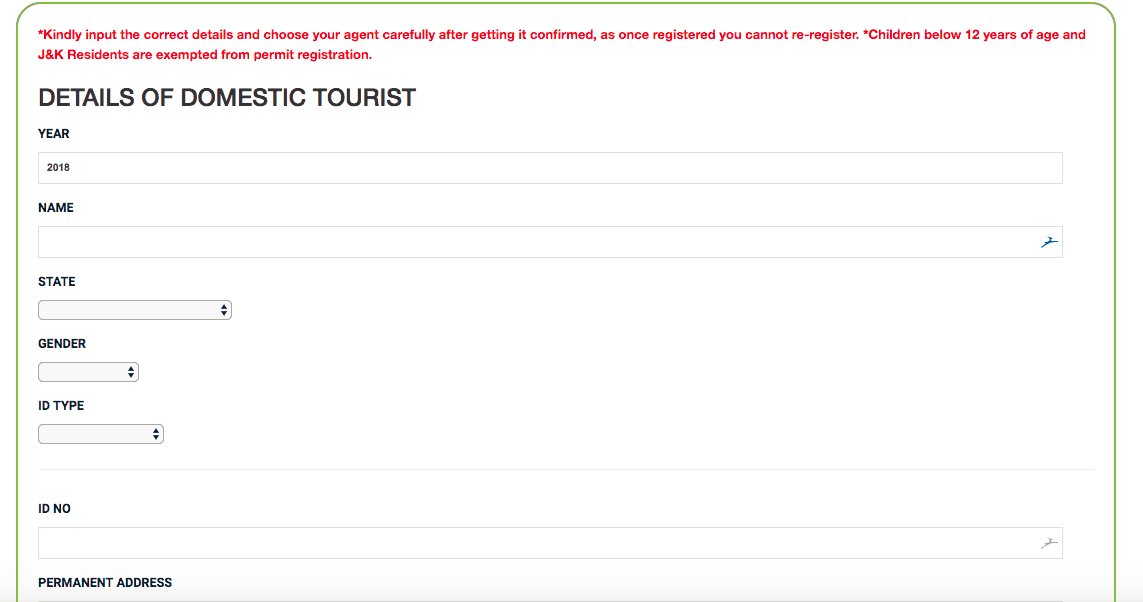
Inner Line permits are documents issued by the concerned government of territories of Ladakh to keep a check on the visitors of the area. People near the borders mostly need this permits to enter the inner territorial areas, though kids below 12 years and residents of Jammu and Kashmir are exempted from this rule.
How to Apply for Inner Line Permits For Ladakh Trip
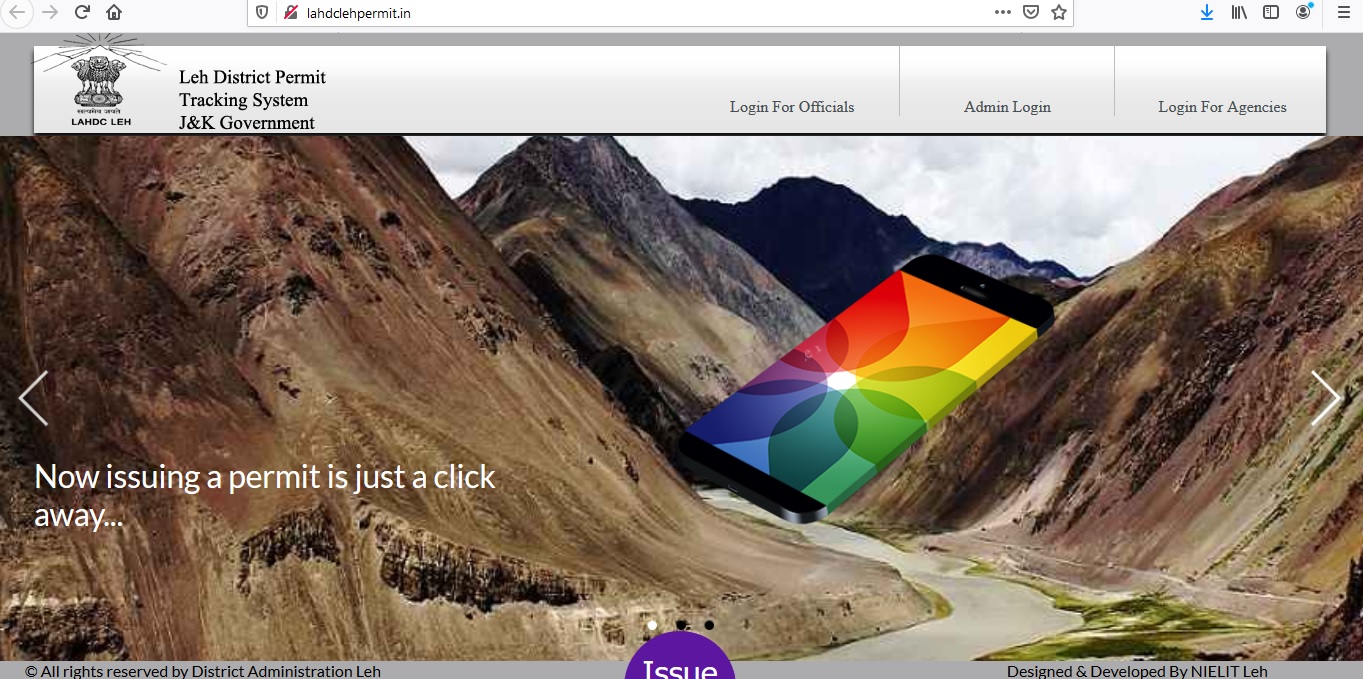
To get permits for Ladakh trip, go online, go to http://lahdclehpermit.in/ and then you have to follow the steps mentioned below. It will ask you for an identify proof so please keep your Aadhar card/ Voter ID / Driving License in handy.
- After the webpage loads, at the bottom of the screen, click on the half circle that reads “Issue”. A fly menu will appear from where you will have to click on “Domestic Clients”.
- It will take you to another page asking you to populate your details.
- Mention the year of your travel, your Name, state that you reside in and your gender. Click on ID type drop-down and select the one that you have handy.
- Fill out your Aadhar card, DL, Passport or voter ID number.
- Mention your complete address
- In “Issue Permit” field, select “Directly”
- Click in the “Date of Arrival” field and a calendar will fly out. Select your date of arrival in Leh town.
- Review your dates and the entire information once again because once you submit, there is no way you can go back and change anything again.
- Hit Submit. A fly out menu will tell you that you have been registered successfully. Click Ok.
- It will take you to the next page where you will have to select the areas that you need Inner line permit for.
- At the bottom of the screen, select your date of arrival in Leh and the date of departure.
- Hit Apply for Permit
- A new fly out pop up will tell you that circuit has been assigned successfully. Click Ok.
- A new pop up reading “Inserted Successfully” will appear. Click Ok.
- It will take you to another page showing details of your permit. It will mention your name, ID number, state of residence and different fee related.
- Either print it out or take a screenshot of it.
Ladakh trip permits are thus acquired without much troubles.
Documents Required
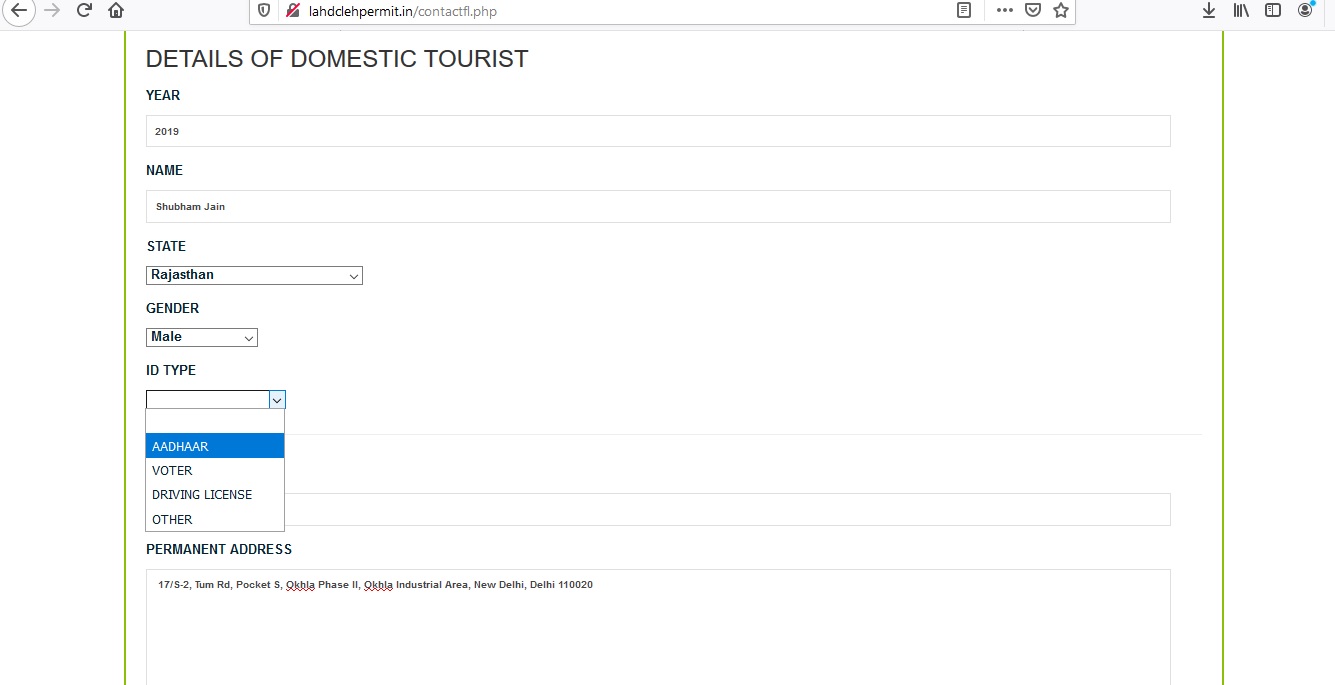
Self-attested photocopies of a photo identity proof is needed to be attached with the application form. The identity card can only be government issued like a Driving License, Passport, Pan Card, voter ID or an Aadhar card. While the driving license mostly works, the officials may ask you for an alternate photo ID so it is wise to carry a secondary identity proof for your convenience later.
Cost of Inner Line Permit for Ladakh
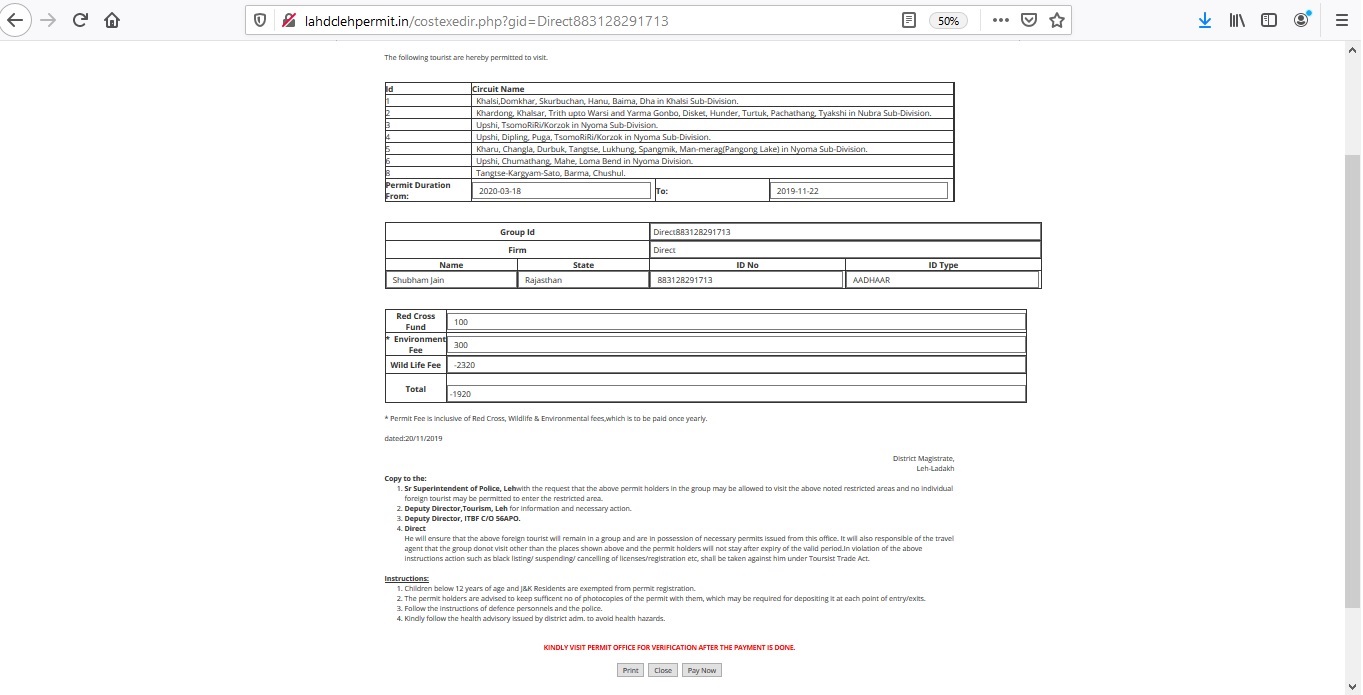
Inner Line permit cost for Ladakh are divided in three parts. Total cost includes Rs. 400 per person for environment tax, Rs. 20 per person per day for wildlife protection fee and Rs. 100 per person for charity towards a Red Cross society.
Validity of the Permit
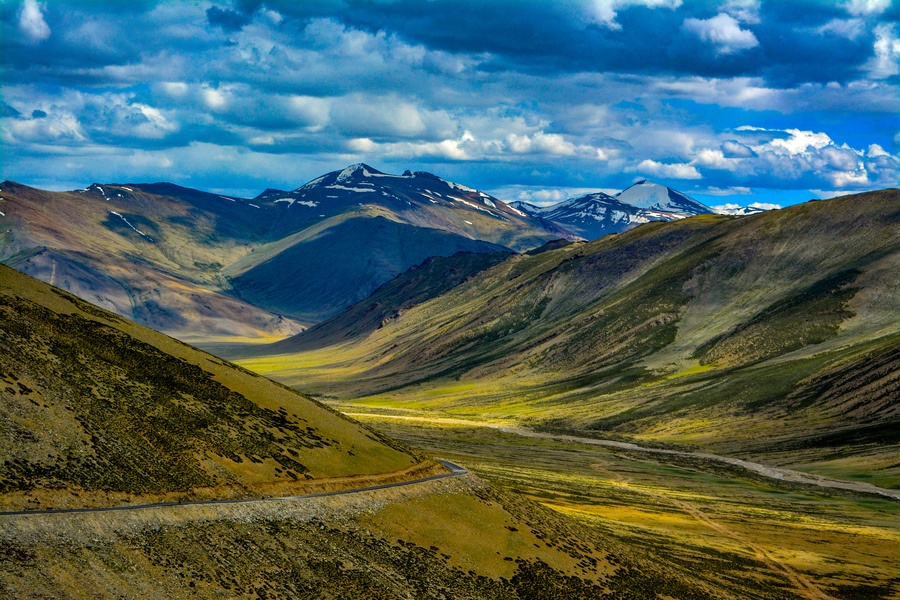
Validity of the inner line permit is for approximately three-four months after which the permit has to be renewed. Though once you have a valid permit made you can use it to visit Ladakh as many times as you want under the validity period.
Places where you will need ILP for Ladakh
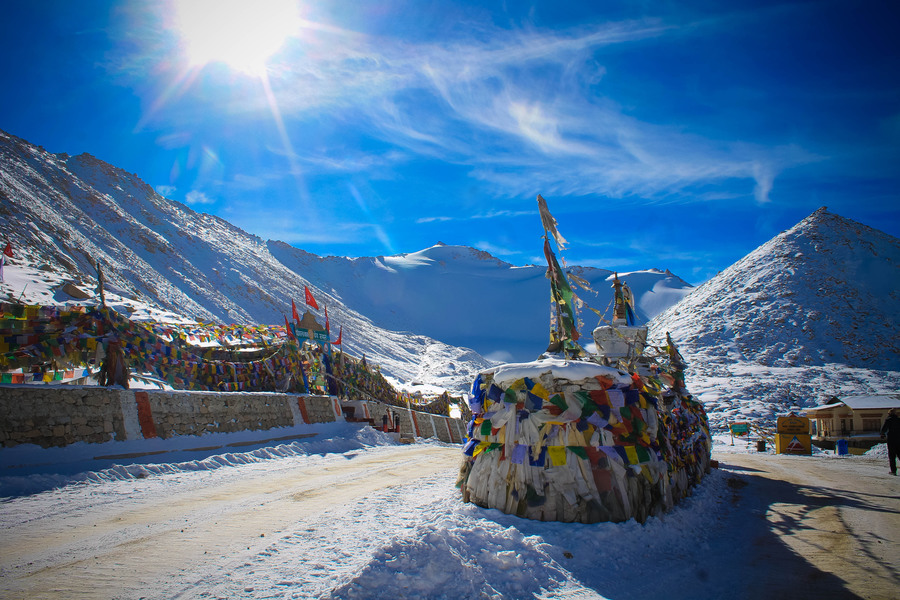
All of Nubra Valley : Khardung La, Khardung, Khalsar, Diskit, Hunder, Turtuk, Sumur, Takashi, Panamik and Warshi, Pangong Tso : Chang La, Durbuk, Tangtse and Spangmik, Changthang Valley : Man, Merak, Chushul, Loma,,Koyul, Hanle, Nyoma, Mahe, Sumdo, Phobrang and Marsimak La, Leh to Tso Moriri: Chumathang, Mahe, Sumdo, Karzok (Tso Moriri), Leh to Batalik: Khalsi, Damkhar, Skurbuchan, Dargoo, Hanoo, Dah, Batalik, Tangyar Trek : Leh – Saboo – Diggar La – Tangyar (Nubra Valley), Agham Shyok Route, Wari La.
Places where you do not require ILP
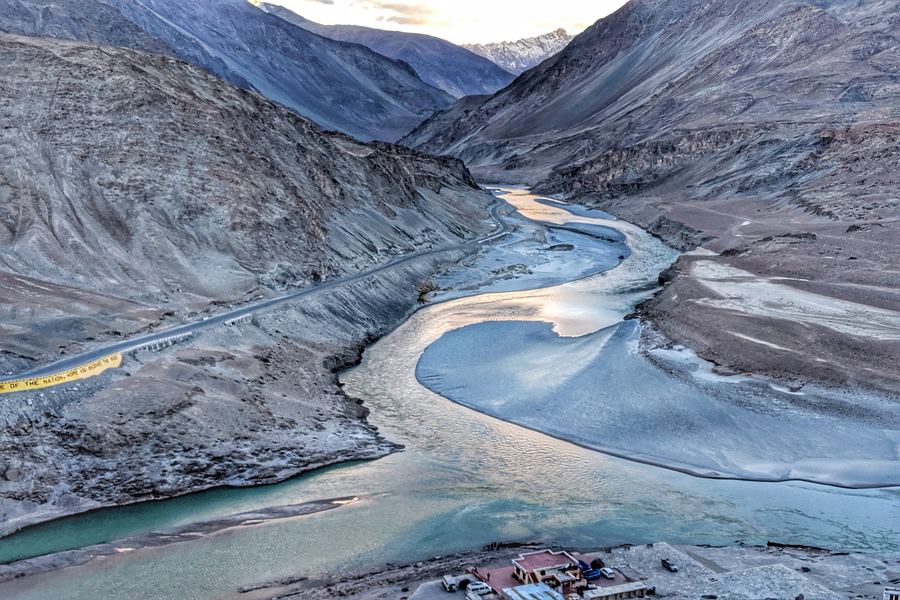
Sightseeing with Leh City: Leh Palace, Shanti Stoopa, Shey Palace, Hemis etc, Zanskar Valley: Sankoo, Panikhar, Parkachik, Rangdum, Padum, Suru Valley: Phey, Nimmoo, Alchi, Likir, Lamayuru, Mulbekh, Places on Srinagar Leh Highway and places on Manali Leh Highway
Open Permit vs. Permit Till Rohtang

There is this rule which goes like this : Ladakh Trip Permits are given on two basis. 200 passes are issues for Rohtang in a day and not more. Travellers who go beyond Rohtang are given an open permit. All the vehicles are registered in this point along with the time and thus you cannot halt at Rohtang with an open permit and will be fined if you do so. This measure ensures that there is not much traffic in the Rohtang area.
Disclaimer : If you have any issues with the content of this blog, you can contact us at info@wanderon.in
Blog By : Anupriya Goswami


